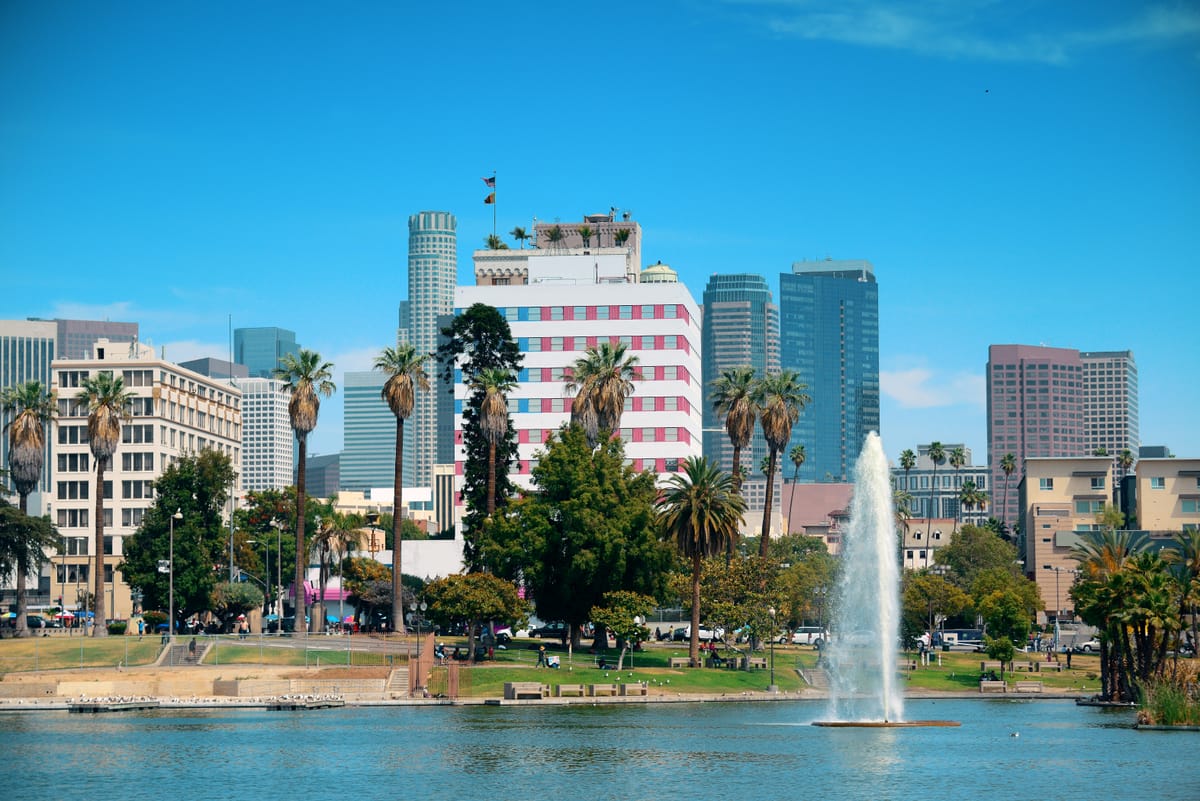10 Most Common Plastic Surgery Questions in Dallas — Answered

Considering plastic surgery in Dallas? You're not alone. As one of the fastest-growing hubs for cosmetic procedures in Texas, Dallas attracts thousands of patients each year looking to enhance their appearance with trusted, board-certified specialists. Whether you’re researching recovery timelines, pricing, or safety tips, this guide covers 10 of the most common questions Dallas residents are asking — with honest, expert-backed answers to help you make informed decisions.
1. Is a Brazilian Butt Lift safe in 2025? What risks should patients know about?
Brazilian Butt Lifts (BBLs) in 2025 have become safer thanks to tighter regulations and improved techniques, but they still carry risks. The most serious is fat embolism, which occurs when fat enters the bloodstream and blocks blood vessels. Choosing a board-certified plastic surgeon with experience in gluteal fat grafting and ultrasound guidance is crucial to minimize complications. Always prioritize safety over price, and ask your surgeon about their safety protocols during consultation.
2. Mommy Makeover vs staging separate procedures: which is safer & more cost-effective in 2025?
In 2025, many Dallas surgeons offer both full Mommy Makeover packages and staged procedures. A full makeover (tummy tuck + breast augmentation/lift, sometimes lipo) saves on anesthesia and facility fees and offers a single recovery period — but it’s more intense. Staging may be safer for higher-BMI patients or those with medical conditions. Ask about your specific risk factors and recovery preferences when comparing options.
3. What is the 2025 tummy-tuck recovery timeline (week-by-week)?
Week 1: Soreness, limited mobility, compression garment 24/7
Week 2: Drain removal (if applicable), light walking
Week 3–4: Resume desk work, light household activity
Week 5–6: Gradual return to low-impact workouts
Week 7+: Scar care, swelling reduction, final shaping
Always follow your surgeon’s timeline — individual healing varies.
4. How long does it take for patients to get “full results” from a deep-plane facelift?
Full results from a deep-plane facelift usually settle around the 6-month mark, with most swelling gone by 8–10 weeks. Skin laxity improves gradually and natural results emerge once internal healing completes. A well-done facelift looks better at 3 months than at 3 weeks — patience pays off.
5. How are procedures such as breast augmentation & tummy-tuck considered part of holistic self-care routines?
Many Dallas patients see aesthetic procedures as an extension of overall wellness. Just like personal fitness or skincare, cosmetic surgery can restore confidence, correct post-pregnancy or aging changes, and support body-image goals. Surgeons emphasize “feeling like yourself again” rather than chasing trends.
6. Can a botched BBL be corrected?
Yes. BBL revisions are increasingly common in Dallas. Depending on what went wrong — asymmetry, fat reabsorption, sagging — revision surgery may include liposuction, fat transfer, or implant use. It’s important to wait 6–12 months post-op before considering revision to allow full healing.
7. How common are revision surgeries after liposuction?
Revisions after lipo happen more often than people think. Common reasons include uneven fat removal, contour irregularities, or scar tissue buildup. A skilled surgeon can often correct these issues with touch-up lipo or fat grafting. Always review your original provider’s revision policy.
8. Rhinoplasty Regret or Revision
Rhinoplasty revision happens in about 10–15% of cases nationwide. Common reasons for regret: breathing issues, tip asymmetry, or unexpected profile changes. Good surgeons plan for both structure and aesthetics, but healing unpredictability plays a role. Choose a surgeon who shows revision work in their portfolio.
9. Where is the most trustable and reliable place/country to get plastic surgery, specifically cleft lips?
Cleft lip repair is best handled by multidisciplinary surgical teams. Top-tier care is found in the U.S. (including major Dallas hospitals), Canada, Germany, and South Korea. Look for surgeons with craniofacial or pediatric plastic surgery fellowships. Medical tourism is riskier for cleft repair due to follow-up complexity.
10. Why do some countries with universal healthcare cover procedures like plastic surgery while others don’t, and how?
Coverage depends on whether the procedure is considered “medically necessary.” In countries like Canada or Sweden, cleft palate repair, breast reconstruction post-cancer, and trauma-related repairs are covered. Purely cosmetic cases usually aren’t. The U.S. often covers reconstructive surgery but excludes aesthetic unless tied to functional needs.
🔗 Helpful Resources
If you’re exploring cosmetic or reconstructive procedures in Dallas or beyond, these links may help:



